

chucky
-
Posts
42 -
Joined
-
Last visited
Content Type
Profiles
Forums
Downloads
Posts posted by chucky
-
-
-
-
Thanks for that post.
Now I know the figures you give, but to be honest I never understood the physics behind them. See some people here know I drive fast cars as a hobby. And because I am a lucky SOB I also drive some cars that some folks call hyper cars. They use aerodynamics to brake from high speed because it is just safer and more effective then using the wheels. At 280 km/h changing the AoA of the spoiler in these cars from downforce to being a flat plate in the wind is like hitting a wall. FAR more effective then hitting the wheel brakes.
Now these things work the same no matter what the weather and an aircraft has loads of them. Flaps, slats, spoilers, airbrakes etc. So why is the runway condition so important? I would think aerodynamic braking would play a major factor but obviously it does not. Is it the mass of a A320 compared to a Bugatti/Porsche etc?
At 200km/hr, aerodynamic breaking may be very effective, but the aircraft typically has to slow down to 45km/hr or less before it can turn off the runway safely. At those speeds, wheel breaks are necessary - and surface contamination becomes important.
Also, you drive Bugattis?
 Some people have all the luck.
Some people have all the luck. -
OK - that's my son, at a couple of different ages being allowed to sit in the cockpit...I thought this might help lighten up the conversation a bit! I have many more of him in there - Frontier airlines has been very good about allowing him (and me) up there to take pictures, etc. And now he flys the Airbus A320 in FS2004 all the time!!!!! He's now 11 yrs old btw, but was different ages in all of these pictures...
Shouldn't he be in the control tower?

-
 4
4
-
-
The very first post in this thread should answer your wish #2. The others were answered in the second post in this thread.
Edit: About that first post, though. Mathijs, that was some really impressive work, editing out the airliners.net watermarks.
-
 2
2
-
-
Mind if I contradict that? There are many approaches published right now that require the precision of GPS. In many airlines at this moment a complete positioning based on GPS is allowed.
I worry personally about that as I know even a very low power transmitter is able to block GPS signals and a little bit more powerful transmitter is able to feed false info into your TomTom. The signal send out by a GPS sat is very very weak. That's why military systems (that started the whole system) do not depend on it much these days. $150 and a electronics student can create a transmitter that warps the GPS system and will guide that 1998 smartbomb into the desert.
Spoofing a GPS signal isn't hard, but fooling the internal error checking of any good GPS system is a bit harder, I think, particularly when they use independent information for integrity monitoring (i.e. a baro altimeter). More to the point, though, if an modern airliner like an A320 loses GPS navigation, it still has RNAV capability and can still safely (and legally) fly RNAV approaches. Little GA planes flying WAAS approaches with a couple of Garmin GPSs have fewer options, of course.
-
And behind these limitations, FSX is just a game and not a simulation...
I don't think the two are mutually exclusive.
-
 1
1
-
-
That Air Canada livery is gorgeous. I like the hybrid livery the best of all of Air Canada's paint schemes, and you nailed it.
-
Last post of the day. Been testing some of the FBW implementation done so far. As you know FBW (among a lot of other things) means that the aircraft will be stable if you center the stick. So if you put it in a bank it will keep that bank angle until you give it some stick to level. Lo and behold it seems we got that right now.
I'm interested in the fly-by-wire implementation, and having read through the preview threads it seems that things have changed as development has gone on. I hope I haven't missed something obvious. From the above quote, it seems there is a fly-by-wire implementation, then, and it simulates 'commanding a G factor' as opposed to 'commanding a control surface deflection'. Earlier in the thread it was mentioned that the envelope protections would be modeled as well. So it seems that there will be a fairly full-featured fly-by-wire simulation - is this correct? When it's finalized, it would be nice to see a clear description of what it does do, but if it's still in flux I'll wait.
In any case, although I'm decidedly not in the target market for this (I like my VNAV and STARs), the screenshots are looking so good I might pick this up anyway. Decent fly-by-wire would probably push me over the top.
-
 1
1
-
-
Though I do use the outside views in flight once in a while in cruise I do not see the outside of the aircraft much unless it is parked. I also have a lot of hours as a passenger in the A321 and always try to get a wing seat. Now on the A330, B747, B777 you see the wing tips move a lot and I am sure they move some on the A321, I can not remember ever seeing it on that aircraft. So for me that's no big loss. It's actuallu kind of cool to see a company not giving in to the need to make a long feature list but to focus on what FS is.
I've only ever seen any real movement on A321 wings in moderate or heavier turbulence. I don't think the wings sit all that differently full than when empty, either.
-
 2
2
-
-
That was it! Thanks very much. None of those .bgls were active - I should have caught that myself, but I appreciate the help. The double-parked aircraft turned out to be a different problem, but once I figured out that they were separate, I noticed an eddv_9_stat.bgl which I deactivated, and now the scenery works perfectly. Thanks again!
-
I've been having a problem with EDDV, which I have as part of German Airports 2. It looks like there are two airports bleeding through each other. I can see the taxiway/apron textures along with markings that come with GAP2, but I can also see the apron shape from another (default, maybe?) AFCAD, along with the default style taxiway markings. The runway textures flicker back and forth between the two. I've attached some screenshots to show what I mean. There are also some double parking issues. As far as I can tell, EDDV is the only one of the five airports in GAP2 that is giving me this trouble. I've searched to forum for hints - as far as I can tell the only thread dealing with a similar problem is this one, but I'm afraid I don't understand German, so I can't really tell if they solved the problem or not. I've got VFR Germany North installed, as well as German Airfields 1&2. I understand that the order of the folders in the scenery library is important, so here's how things are for me:
Aerosoft AFD
German Airfields 1
German Airfields 2
German Airports 2
Mega Airport Frankfurt
VFR Germany 2
German Airfields 1_LC
German Airports 2_LC
German Airports 2_LC
I've tried moving things around (and deactivating the *_LC folders) to no avail.
I've got the FSGenesis mesh installed, and I'm reluctant to uninstall it unless I'm sure that's the problem, since I can't just deactivate it in the scenery library. I also have the FSDreamscapes mesh, however, and I notice no difference when the FSDreamscapes mesh is active or inactive.
Is there anything to suggest? I'd appreciate any help.
-
Drunk pilot:

-
Nice pics, Juergen!
In the meantime we had snow in LOWI (not in real, but in FSX
 ). Have a look for your own: the screenshot is a view across the valley to the northeast over the city.
). Have a look for your own: the screenshot is a view across the valley to the northeast over the city.I was going to ask if the photo layer would have seasonal textures, but I figured I shouldn't get greedy. Never mind. Greedy it is!
 That looks great.
That looks great.(I guess since the FS2004 version had seasonal textures, I should have known, but still....)
-
You mean...something similar to this ?


-
It looks like the photoscenery layer extends out all the way up the mountains. I don't think the FS9 version does. Those are some really great-looking screenshots. I'm looking forward to hiding it all in fog and clouds, and flying the approach.

-
Oh, and I didn't see the stricture against pilots. I am a pilot, albeit an extremely new (and inexperienced) one. I'm not sure if this was one of the ones you wanted us to stay out of. If so, sorry (others got the answer after me, so the glory can go to them). I should read posts more carefully.

-
I posted it as a joke, but then I thought maybe that's actually what he was looking for. The aircraft I was going to finish my complex checkout in recently had something similar happen to it, although it was going a bit faster than 10 knots, I understand.

-
The wheels don't come up. The plane comes down.
-
 1
1
-
-
You may well be right about that. I've never really been quite clear on the line between urgency and distress.
-
From the aeronautical information manual:
6-3-1©: "The initial communication, and if considered necessary, any subsequent transmissions by an aircraft in distress should begin with the signal MAYDAY, preferably repeated three times. The signal PAN-PAN should be used in the same manner for an urgency condition."
So in the US, at least, the AIM seems to think a mayday is warranted. I think the phrase 'declaring an emergency' would be sufficient, though.
-
Well, it requires immediate assistance from ATC, so I would say yes. I think that satisfies the ICAO condition for a mayday call. Perhaps a better way to put it would be 'ATC communication - establish'. I'm not really sure though.
-
Let's do one more for today. Did we tell you we'll have free downloads for the person who got the correct answer first?
List all the actions to be done by the PF and PNF in case of an explosive decompression in a passenger jet at cruise altitude in the right order. There are some differences in aircraft and airline in these things but well sort out what's best.
Here's my go at it.
PF & PNF - Don oxygen masks
PF & PNF - Establish cockpit communication
PNF - Close outflow valve, set cabin altitude control to manual (type specific, presumably)
PF - Position - verify, minimum safe altitude - check
PNF - Report cabin altitude controllable/not controllable
if not controllable
PF - Initiate emergency decent (on most aircraft, set airspeed target to max safe speed, initiate decent to 10,000 or minimum safe altitude, extend speedbrakes as necessary)
PNF - MAYDAY - transmit
PNF - Passenger oxygen - on
PNF - check EICAS, follow QRH for any items there
PF - land as soon as practicable
-
It's not a particularly dangerous approach, really, but it's pretty difficult, at least in a 747. It's the Parkway visual for 13L at JFK.



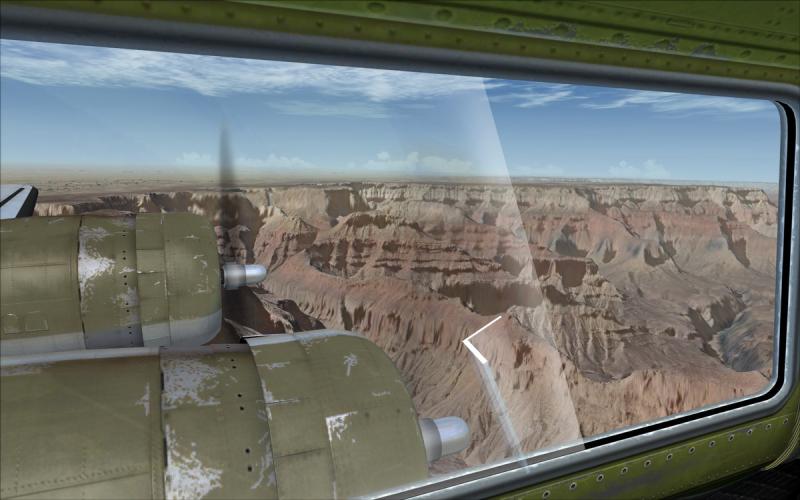

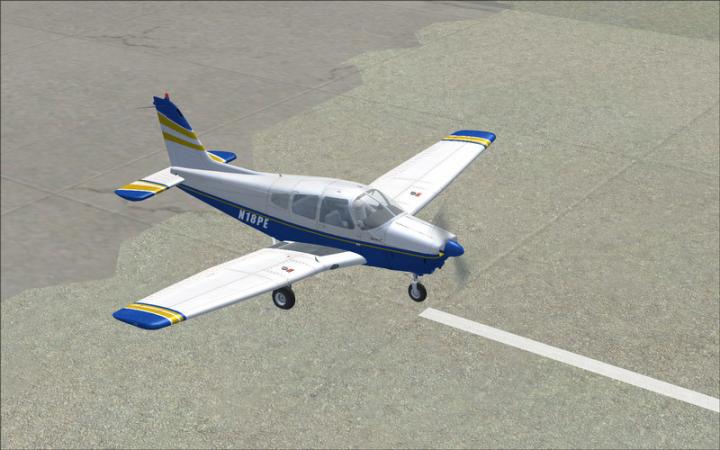
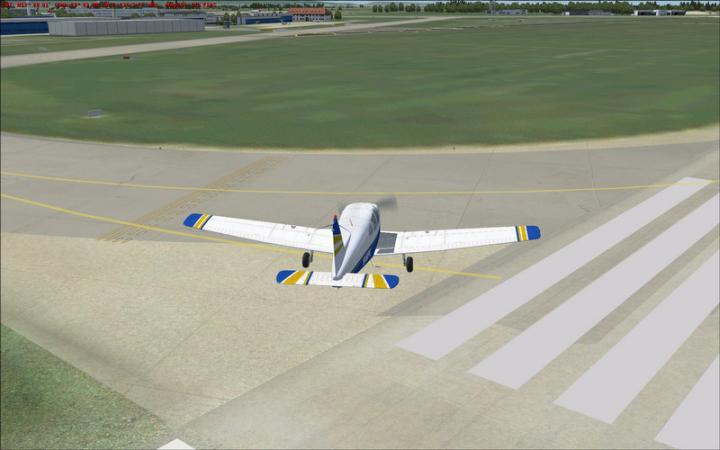
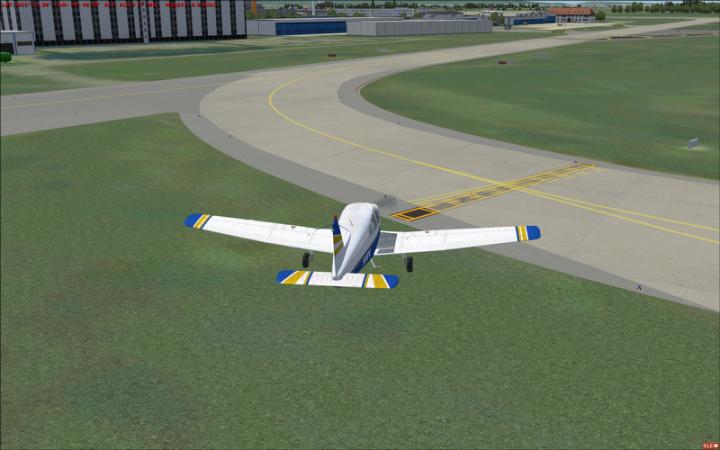
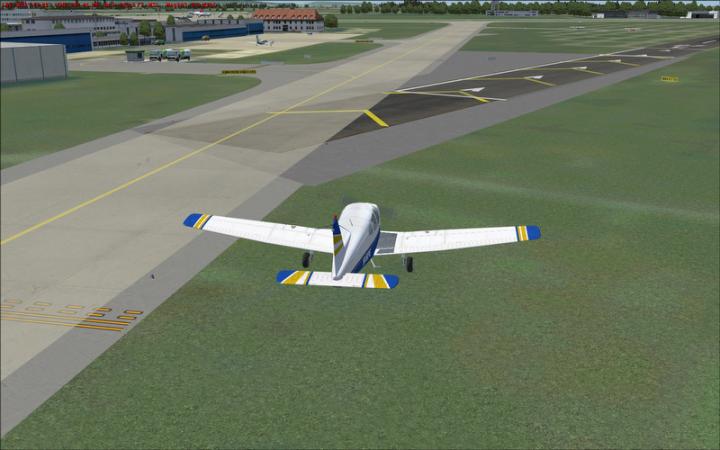
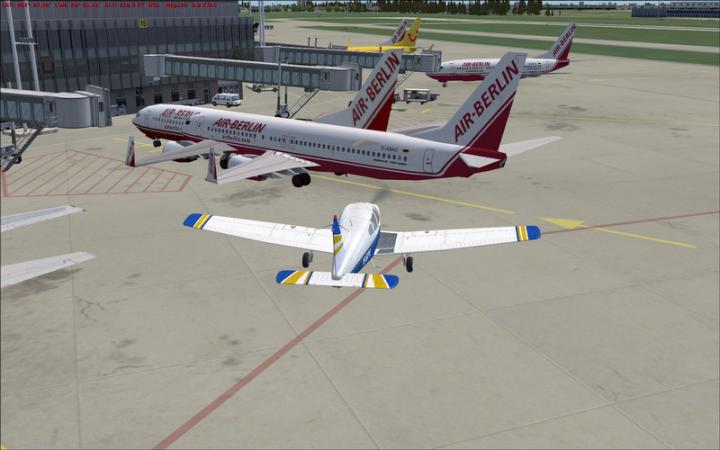
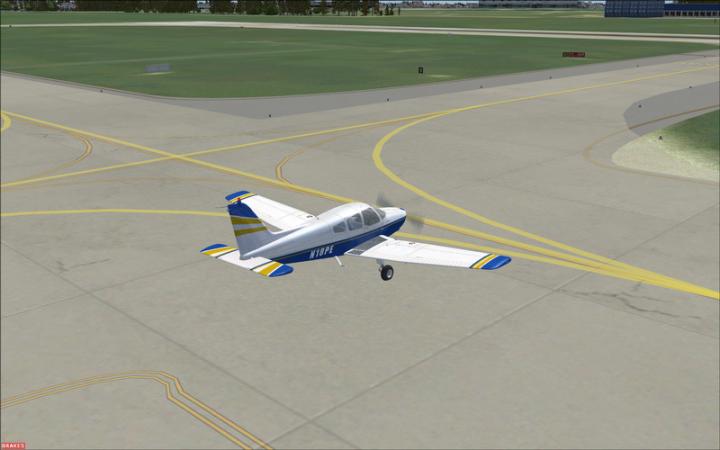
May Screenshot Competition
in Videos & Screenshots, Screenshot contests
Posted
Well, I was sort of hoping I could get another week or so before June to get all the work I need to do done